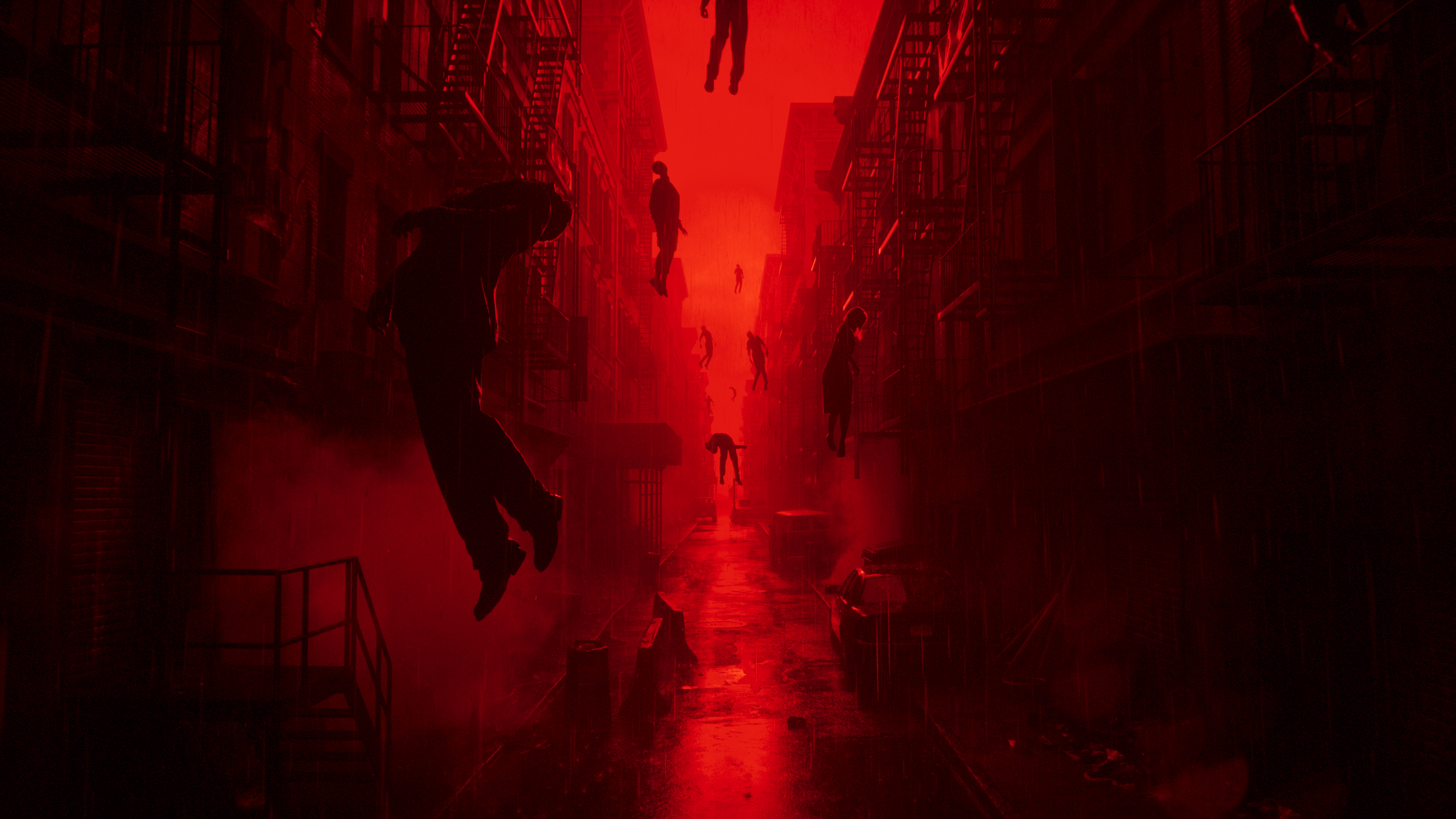Video tutorial: Use Illustrator’s 3D capabilities
Steven Bonner explains how to add a new dimension to your work with Illustrator’s 3D tools
Illustrator’s 3D tools are no replacement for standalone 3D imaging software like Cinema 4D or 3ds Max, but they are a great jumping-on point for anyone looking to add some depth to their work in a simple way.
Through some short examples, I’ll show you some practical uses for the Extrude & Bevel, Revolve and Rotate functions that you can use as a base to begin experimenting with 3D in your own projects.
01 First, we’ll take a look at the 3D Rotate tool, which is the simplest of the three covered here. Draw a shape and go to Effects>3D>Rotate. Effectively, 3D Rotate places a flat object in a 3D space, letting you rotate it around an invisible axis, either by eye – by clicking and dragging the cube – or more precisely through the value fields. You can add perspective for increased realism, and there are also some limited surface lighting options. It can be useful when you’re looking to create simple things like falling confetti, or want to add simple plane perspective to an object, as I’ve done here with a road sign.
02 The Revolve tool is much more interesting to experiment with than the 3D Rotate tool. Create a circle, cut it in half and go to Effect>3D>Revolve. The default angle revolves the shape around a 360° axis, for a perfect sphere. This can be changed to create shapes with cutaway sections by reducing the degree by which the original shape revolves – think of it as a lathe. From here, you can also adjust lighting, decide whether you want a matt or glossy appearance, add perspective, offset the shape and much more. Experiment with different shapes and settings to see what you can achieve.
03 The Extrude & Bevel feature is great for creating 3D type, logos, spicing up infographics and much more. Draw a shape or some lettering and go to Effect>3D>Extrude & Bevel. As before, you have different methods of controlling the angles of the shape and the lighting, but this time you have the added options of controlling the extrude depth and types of bevel cap. Play with the different options and familiarise yourself with what they all do. You’ll be surprised at the effects you can achieve with only a little experimenting.
04 A great feature of Illustrator’s 3D engine is the ability to map graphics, such as textures or patterns, to your shapes. Experiment with different graphics – patterns, stripes, dots, circles, gradients and so on. Choose one and drag it into your symbols library to make it into a symbol that you can apply to your shapes. Draw another semi circle as before, and go to Effect>3D>Revolve. Click Map Art in the dialog box and in the top-left of the pop-up window click the drop-down Symbol menu to highlight your graphic. You can now stretch it across the surface of your 3D object. Click Shade Artwork to get a more realistic application and hit OK. You’ve now got a mapped 3D shape.
05 Another good way to use the Map Art feature is found in the same dialog box. Go back into the options, and this time click on Invisible Geometry. This makes the base shape invisible so that only the mapped graphic is shown. It’s a great feature that lets you draw realistically shaded and curved objects like curly ribbons and spacey patterns, and apply curvature to natural objects like feathers, leaves and so on.

Steven Bonner
Stirling-based Steven is a multi-disciplined designer and illustrator, working for clients such as Harper Collins, Cadbury and Diesel. A love of type is a recurring feature of his work.
www.stevenbonner.com
Daily design news, reviews, how-tos and more, as picked by the editors.

The Creative Bloq team is made up of a group of art and design enthusiasts, and has changed and evolved since Creative Bloq began back in 2012. The current website team consists of eight full-time members of staff: Editor Georgia Coggan, Deputy Editor Rosie Hilder, Ecommerce Editor Beren Neale, Senior News Editor Daniel Piper, Editor, Digital Art and 3D Ian Dean, Tech Reviews Editor Erlingur Einarsson, Ecommerce Writer Beth Nicholls and Staff Writer Natalie Fear, as well as a roster of freelancers from around the world. The ImagineFX magazine team also pitch in, ensuring that content from leading digital art publication ImagineFX is represented on Creative Bloq.
